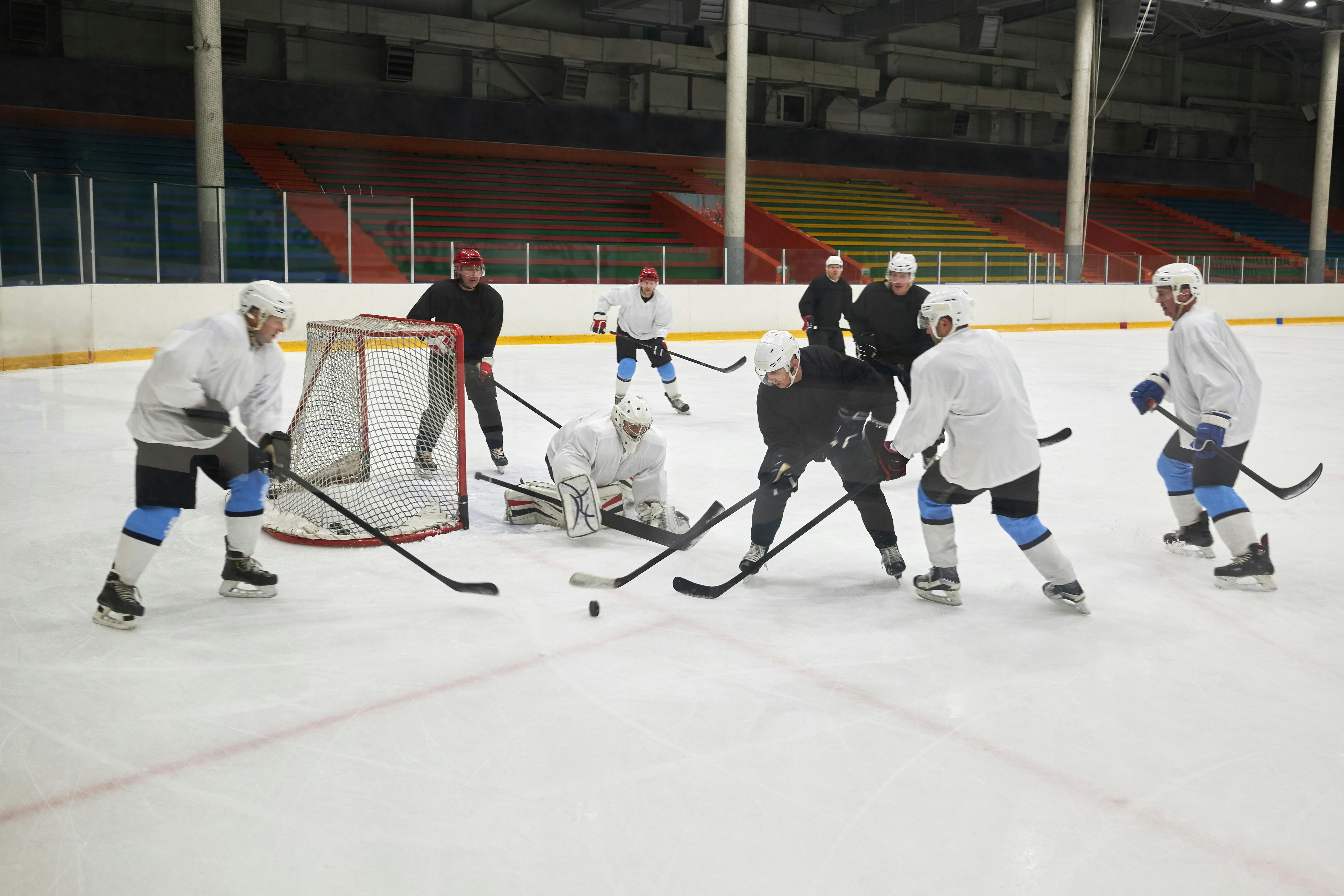
Educational and developmental resilience
admin
- 0
Nothing can be counted as progress in a community until children and youth are well cared for and show healthy development and steady, sustained progress in learning. The needs of children and youth in inner city communities are great, yet these communities continue to receive very little attention in most places. Even in those urban areas where major revitalization initiatives have been launched, disinvestment of all kinds (economic, professional, and social) is the pattern, and fractionalization among agencies, professional societies, and bureaucracies is pervasive.
Human development and education must be key considerations in sustainable economic and community development efforts in our nation’s inner city communities.
Leadership in developing an overall positive “vision” of what can and should be done for children and youth in urban America is critical. We provide a synopsis of the proceedings of a national conference by invitation that focuses on such a vision. The highly diverse conference participants offered insights into what produces healthy learning and development for children and youth and highlighted efforts to revitalize our nation’s inner cities. Speakers expressed shared needs and perspectives for the future amidst their multiple perspectives.
Congressmen communicated a strong need for deep and true collaboration at all levels, especially for collaboration in direct work with children and families. Conference participants noted that the most important decisions in revitalization work must be made at the neighborhood level and that strategies must be replicated through careful consideration of developments that are most sensitive to each unique site. However, accountability and technical assistance plans need to be coordinated at higher or more general levels. The need for technical assistance is noted especially in areas such as leadership, achieving collaboration, program evaluation, and accountability. Mutual assistance strategies forge a collaborative process that can result in significant progress at local sites and subsequent expanded efforts. Successful work at a given site should lead to the use of staff as consultants to staff at other sites, using all possible methods of communication: print, electronic, face-to-face meetings, and sustained technical assistance.
Speakers called for the resources of urban universities to be involved in community revitalization work through (a) creating new interdisciplinary units in academia that are aligned with the wide range of activities that constitute revitalization efforts of the community; (b) the alteration of the perspectives and roles of university personnel; and (c) renewed commitments for researchers to enter inner city neighborhoods as true community partners. Revised procedures for rewarding university staff for community work were considered essential.
Speakers also noted that collaboration must extend to professional societies as well, where leadership and coordination between associations is necessary to examine the needs of children in inner-city communities and design and implement effective programs.
Finally, implicit in the idea of local decision-making is that funding offered by federal and state agencies should be as open and flexible as possible, emphasizing a field-initiated orientation rather than strictly categorical, top-down funding streams. down.
Speakers noted that while community revitalization efforts are beginning to build commitment and activity in many places, much of this increased activity suffers from a lack of clarity around shared goals, starting points, and connections with other agencies. and associations. Finding practical ways to come together to launch coordinated services has raised significant implementation issues for those involved in efforts to improve the living circumstances of inner-city children and youth. A leadership networking mechanism is required to promote a broad-based initiative to revitalize our nation’s inner city communities and foster the development and learning of urban children and youth. Speakers’ recommended next-step “start-up” tasks include the following examples:
– Cause the consolidation of resources in all government departments in support of new projects.
– Help create visibility for community revitalization projects and ensure the credibility and growth of projects by selecting the highest quality resources and advancing public awareness of good work. Contacts with the media are important as a way of building public understanding and support.
– Meet with university leaders and representatives of professional associations to give the “kick off signal” for the formation of interdisciplinary teams of researchers and practitioners in the field to join with community leaders for broadly coordinated efforts to address children’s situations and youth in the economy. struggling urban communities.
– Lead the way across federal departments in building a broad pool of research funds and documents that will be available only for interdisciplinary design projects done in collaboration with people and agencies in urban America.
– Challenge all federal departments and all state governments to double and redouble the resources dedicated to improving the living and learning situation of urban children and youth.
While there are great challenges and problems of both will and practical knowledge as we seek to make urgent repairs to the life and learning of inner city children, there are significant signs of readiness to respond if only we can find ways to gather everyone. stakeholders at the starting line, organize the necessary resources and signal that the journey is beginning.

